The Approach
Our group combines molecular profiling (RNAseq, proteomics), functional experimentation (knock-outs, transgenics), multimodal imaging, cellular profiling (scRNAseq approaches), physiological experiments, and behavioral analyses to advance research into the molecular orchestration of regeneration, reproduction and metamorphosis. Most of our work focuses on the marine bristleworm Platynereis dumerilii that we have helped to push as an experimental system, but we also follow comparative approaches to basal invertebrates (like sponges) and vertebrates. Our efforts in exploring the bristleworm as a unique system for stem cell biology are embedded in a larger Vienna-wide effort to address the molecular mechanisms of stem cell differentiation and regeneration, including other teams at the Perutz Labs, the Vienna BioCenter and the wider Vienna area.
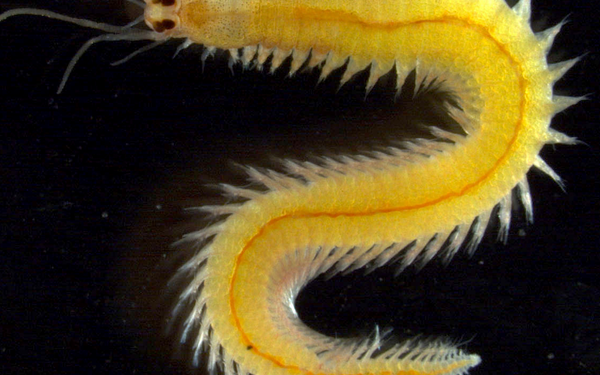
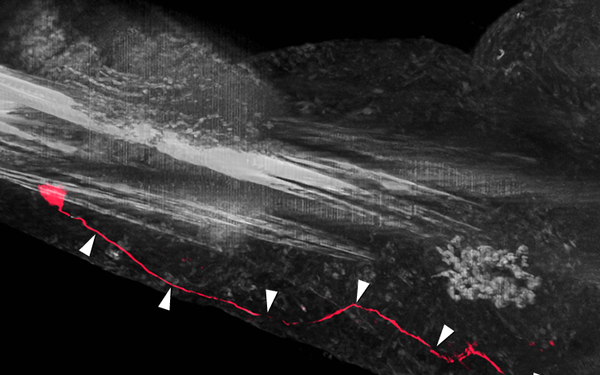
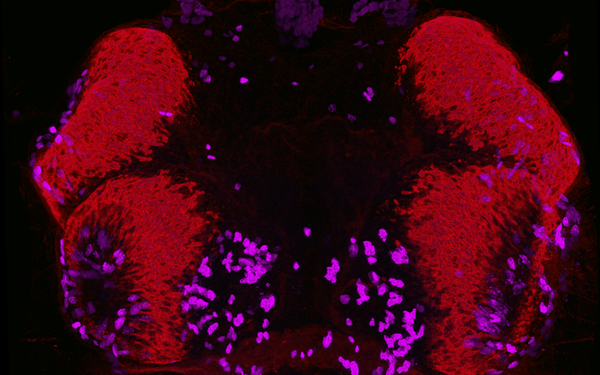
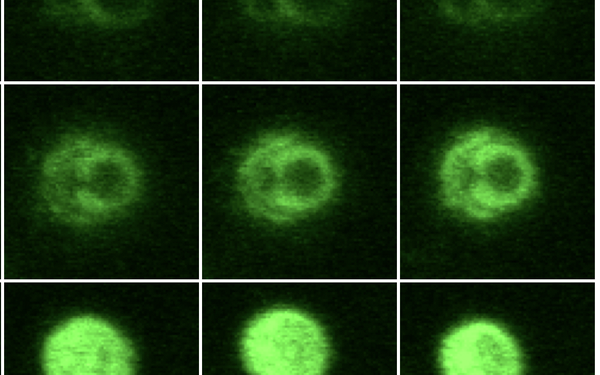

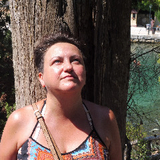


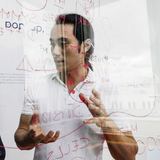
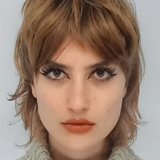

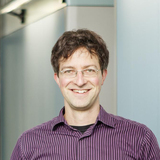


 None
None Pauline Jung
Pauline Jung